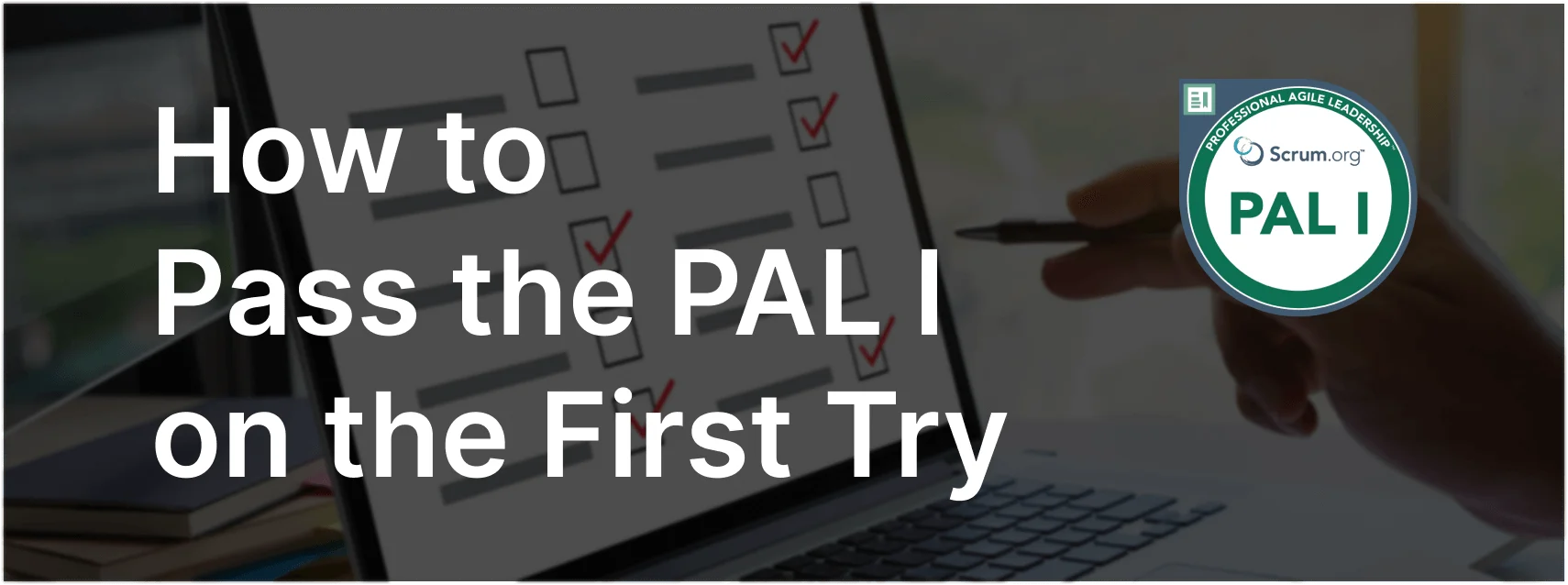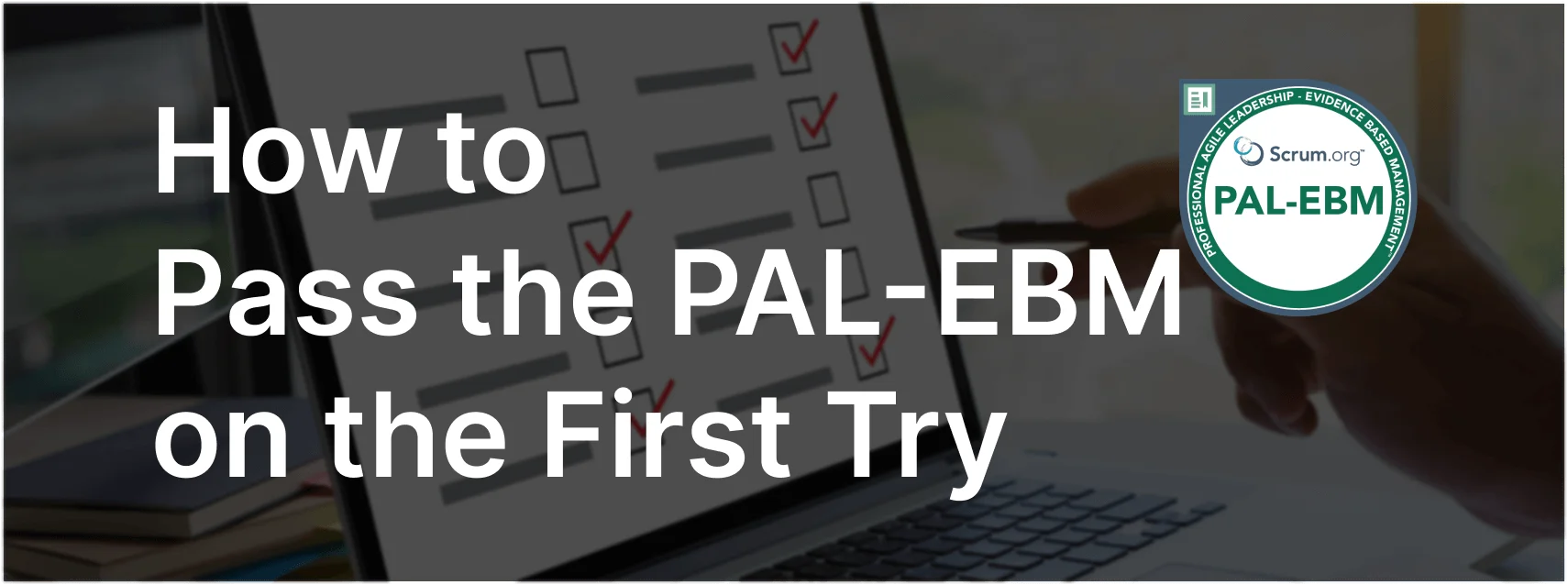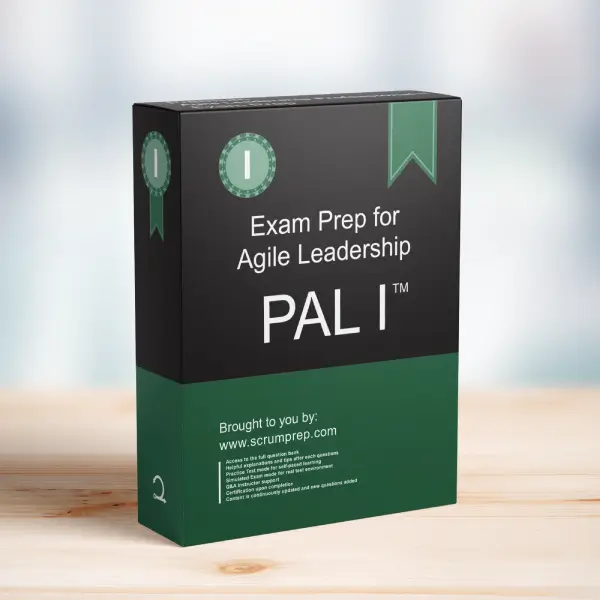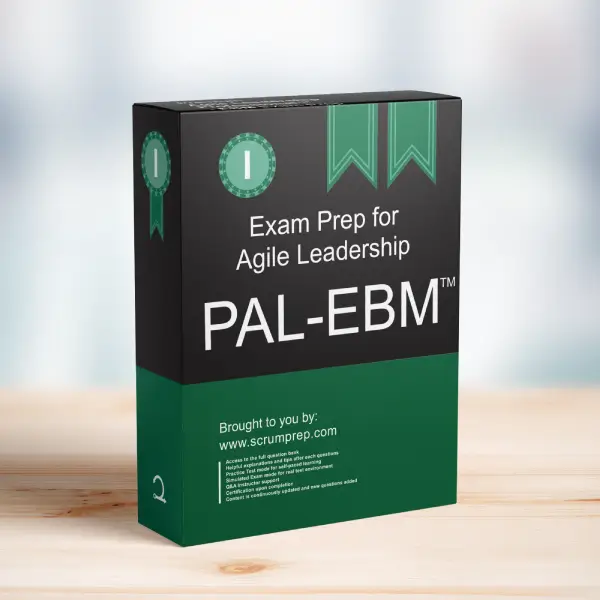Achieving Stakeholder Consensus for a Product Vision
In Agile product development, having a clear product vision and stakeholder alignment is crucial for successful delivery. This article discusses how a Product Owner can help stakeholders reach consensus when there are differing opinions about the product’s purpose and target customers.
Exam Question
The stakeholders for a new commercial product cannot reach a consensus about what the product should do, or the customers it should satisfy. If you are the Product Owner, what can you do to help the stakeholders reach consensus?
(choose the best answer)
A. Spend more time with the stakeholders to try to forge a consensus. In the meantime, the Developers can work on the architecture of the product which needs to be done anyway.
B. Without a clear vision for the product, the Scrum Team will be wasting its time. They should work on something else while the product vision is being clarified.
C. Run experiments by building and delivering selective aspects of the product to test the market and get feedback on market needs and alternatives.
D. Work with the product sponsor to understand their priorities and reflect those in the ordering of the Product Backlog.
Correct Answer
C. Run experiments by building and delivering selective aspects of the product to test the market and get feedback on market needs and alternatives.
Explanation
Correct Answer
C. Run experiments by building and delivering selective aspects of the product to test the market and get feedback on market needs and alternatives:
Running experiments and delivering selective aspects of the product allows the Scrum Team to gather real market feedback and validate assumptions about customer needs and preferences. This empirical approach helps stakeholders make informed decisions based on actual data rather than assumptions or prolonged discussions. By iteratively testing and refining the product, the team can converge on a product vision that aligns with market demands and stakeholder expectations.
Incorrect Answers
A. Spend more time with the stakeholders to try to forge a consensus. In the meantime, the Developers can work on the architecture of the product which needs to be done anyway:
While spending time with stakeholders is important, it may not lead to a quick resolution. Working on the architecture without a clear vision may result in wasted effort if the product direction changes significantly based on stakeholder consensus.
B. Without a clear vision for the product, the Scrum Team will be wasting its time. They should work on something else while the product vision is being clarified:
This approach delays progress and does not address the core issue of reaching a consensus. It is important to make progress towards a solution rather than waiting for a perfect vision.
D. Work with the product sponsor to understand their priorities and reflect those in the ordering of the Product Backlog:
While understanding the sponsor’s priorities is helpful, it may not resolve disagreements among all stakeholders. This approach might lead to a product that only reflects the sponsor’s vision, potentially overlooking broader market needs and other stakeholders’ perspectives.
Agile Leadership Insights
- Empirical Approach: Use experiments and market feedback to validate assumptions and guide product direction.
- Stakeholder Collaboration: Facilitate collaboration among stakeholders through data-driven insights rather than prolonged discussions.
- Iterative Development: Embrace iterative development to refine the product vision based on real-world feedback.
Relevance to the PAL I Exam
Understanding how to achieve stakeholder consensus through empirical methods and iterative development is crucial for the PAL I exam. This knowledge demonstrates the ability to lead product development effectively in an Agile environment.
Key Takeaways
- Running experiments and gathering market feedback helps achieve stakeholder consensus.
- Empirical approaches provide data-driven insights to guide product development.
- Iterative development allows for continuous refinement of the product vision.
Conclusion
When stakeholders cannot reach a consensus about a product’s direction, the Product Owner should run experiments to gather market feedback and validate assumptions. This empirical approach helps align stakeholders around a shared vision based on real-world data. For more information on preparing for the PAL I exam, visit our Professional Agile Leadership PAL I™ Exam Prep.





